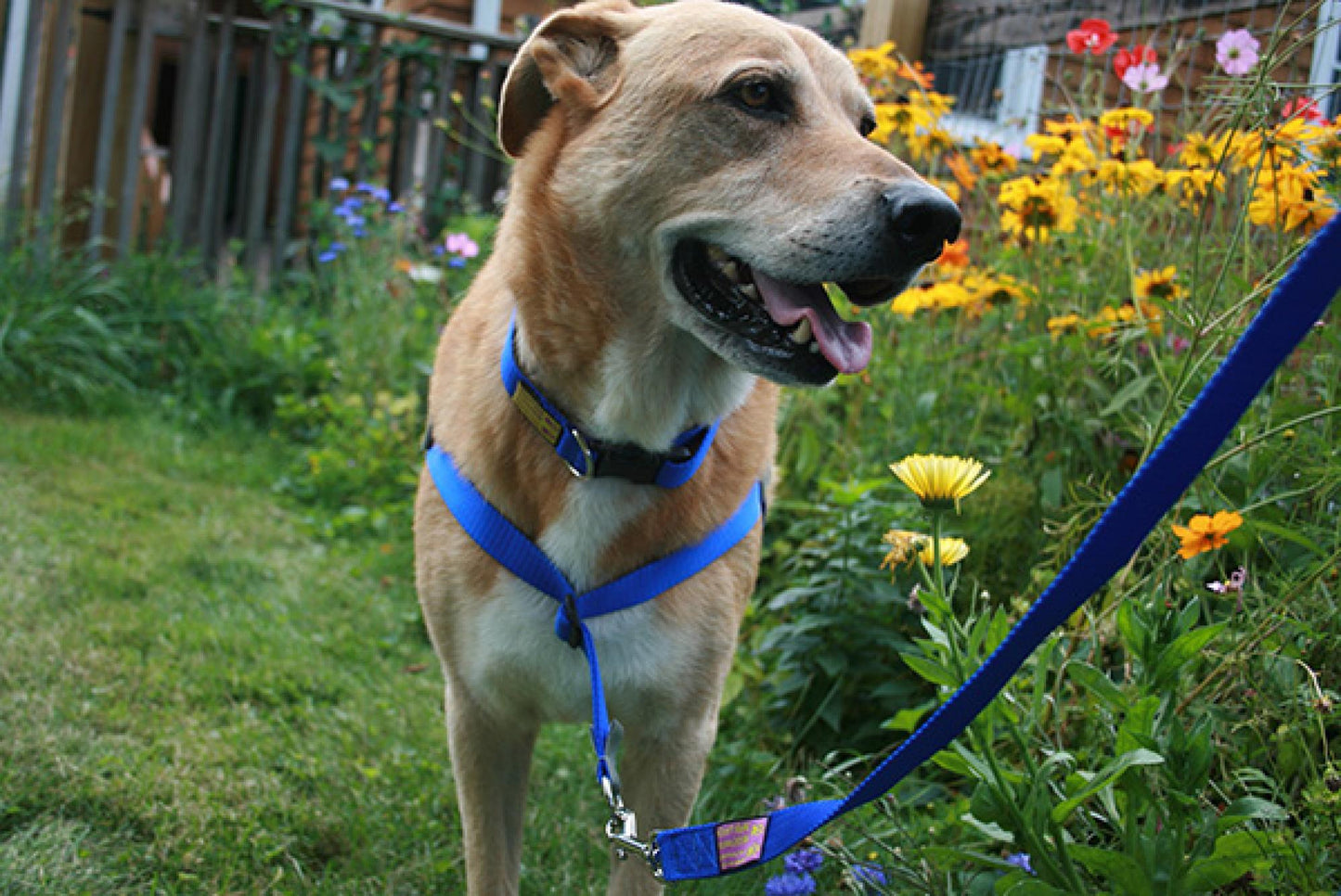Many dog owners begin daydreaming about days spent sunbathing by the pool, lying on the beach, or hopping in the boat for a day of leisurely fishing as the weather warms up. Obviously with their canine companion on their side!
Water and dogs don't always mix well, despite how lovely it seems. Although there are no exact numbers, it is believed that 5,000 family pets perish in swimming pools annually. That excludes any mishaps that boaters with dogs might get into on lakes, rivers, or the open sea.
Accidents can occur in a split second, just like when kids are around water. These eight guidelines for keeping dogs safe near and in the water should be followed by dog owners to avoid accidents.
1. Never let your dog go off alone near water.
You should abide by this rule if you follow only one. Never leave your dog unattended near any body of water, including a lake, river, pool, or the open sea. Even the best swimmers occasionally experience emergencies, and things can swiftly spiral out of control if you're not there to help.
Don't, just be near your dog without paying them attention. Ensure that you are monitoring him at all times. Keep an eye out for signals that he is getting tired, having trouble with the currents, or focusing too intently on something that might be hazardous. When you're at the beach, there are other dangers than the sea. Keep your dog away from any fish or beach debris that may wash up. You never know what your dog might ingest and end up hurt or ill. Additionally, keep him away from fishing tackle boxes, which are loaded with razor-sharp hooks that can do significant harm.
If you have a pool in your backyard, make sure it is enclosed by fencing so that your dog cannot get it unless you deliberately decide to allow her access. When you're not home, don't rely on a pool cover to keep your dog secure. Dogs make mistakes when they attempt to step onto the covers thinking they will be hard and end themselves tangled in the water instead.
Learning canine CPR will help you so you can act if something happens (for many causes, not simply water play).
2. Be aware of your dog's breed
Dogs can't all swim. Even those who can do it poorly and put themselves at increased risk of drowning. Some of the best swimming dogs include Golden and Chesapeake Bay Retrievers, Portuguese Water Dogs, and Newfoundlands. If you possess one of these, your worries are reduced. These dogs were developed to enjoy the water and do well near it.
On the other hand, brachycephalic breeds have poor swimming abilities. Dogs with flat cheeks and small snouts, such as Bulldogs, Pekingese, Pugs, Boxers, and others, have difficulty breathing in the water and hence fatigue easily and rapidly.
Other dog breeds can't actually paddle vigorously enough to maintain their buoyancy due to their tiny legs. Some breeds, like Basset Hounds and Corgis, have extremely limited swimming ability and sink virtually immediately.
The majority of these breeds of dogs detest the water in general, perhaps knowing from an early age the risks it poses to them. If your dog doesn't want to enter the water, don't push him.
3. Pay Attention to the State of the Water
You know how there's a red flag on the beach warning swimmers not to get into the water? The message is also for dog owners. Large waves and undercurrents can pose a serious risk to pets. Water that is excessively cold can also be dangerous, particularly for little dogs or those with less fur. Your dog could be in danger even from simple splashing around in the shallows.
Be mindful of the current if you plan to go canoeing or fishing in the river. Dogs can be quickly swept away by swift currents. (Strong currents in rivers are a prime illustration of when a life jacket is useful.)
Avoid water in lakes that has blue-green algae since it can make your dog sick.
4. Make It Simple
The majority of swimming dogs can easily jump into the pool, but getting out can be challenging. Make it simple by creating a ramp they can more easily jump up and trot up to exit the pool or adding stairs that go into it.
5. Think about a life jacket
Life jackets can save your life. When your dog's legs are too worn out to paddle or if they are pulled beneath the water by the current or a riptide, they keep them afloat. They help you find your dog in the wide water. Additionally, the clever handles make it simple to grasp your dog and drag him outside.
6.Have rest breaks
For both people and dogs, swimming and a lot of sun can be exhausting. Observe how energetic your dog is and make sure she takes pauses during the day, ideally in the shade.
Make sure your dog is command-trained so you can tell her to sit and stay even when all she wants to do is go back into the water in order to enforce breaks.
7. Wash Off and Dry Off
After a day of playing in the water or splashing around on the beach with your dog, wash him off. Your dog's skin can become irritated by saltwater, chlorine, lake algae, and any other toxins that got into the water. And worse, if he licks his fur while he's still wet, it'll make him sick.
To avoid an ear infection, you should also dry your dog off, especially around and around his ears. If your dog spends a lot of time in the water every day, you might want to use an ear cleaner once or twice a week.
8. Bring water to drink
Whether you're lounging by the backyard pool (straight from the hose is OK) or lakeside while fishing, make sure your dog has access to lots of drinking water. The water your dog likes to splash around in is unsafe to drink, as was already noted. But spending the entire day outside in the heat and near water makes you really thirsty. With a collapsible drinking bowl and plenty of water, keep your dog secure and hydrated.










